8 Things Rose Experts Always Do To Grow The Best Flowers
Rose care starts in late winter with pruning, planning, and soil improving. Follow these rosarian-approved tips for healthier plants and maximum blooms.
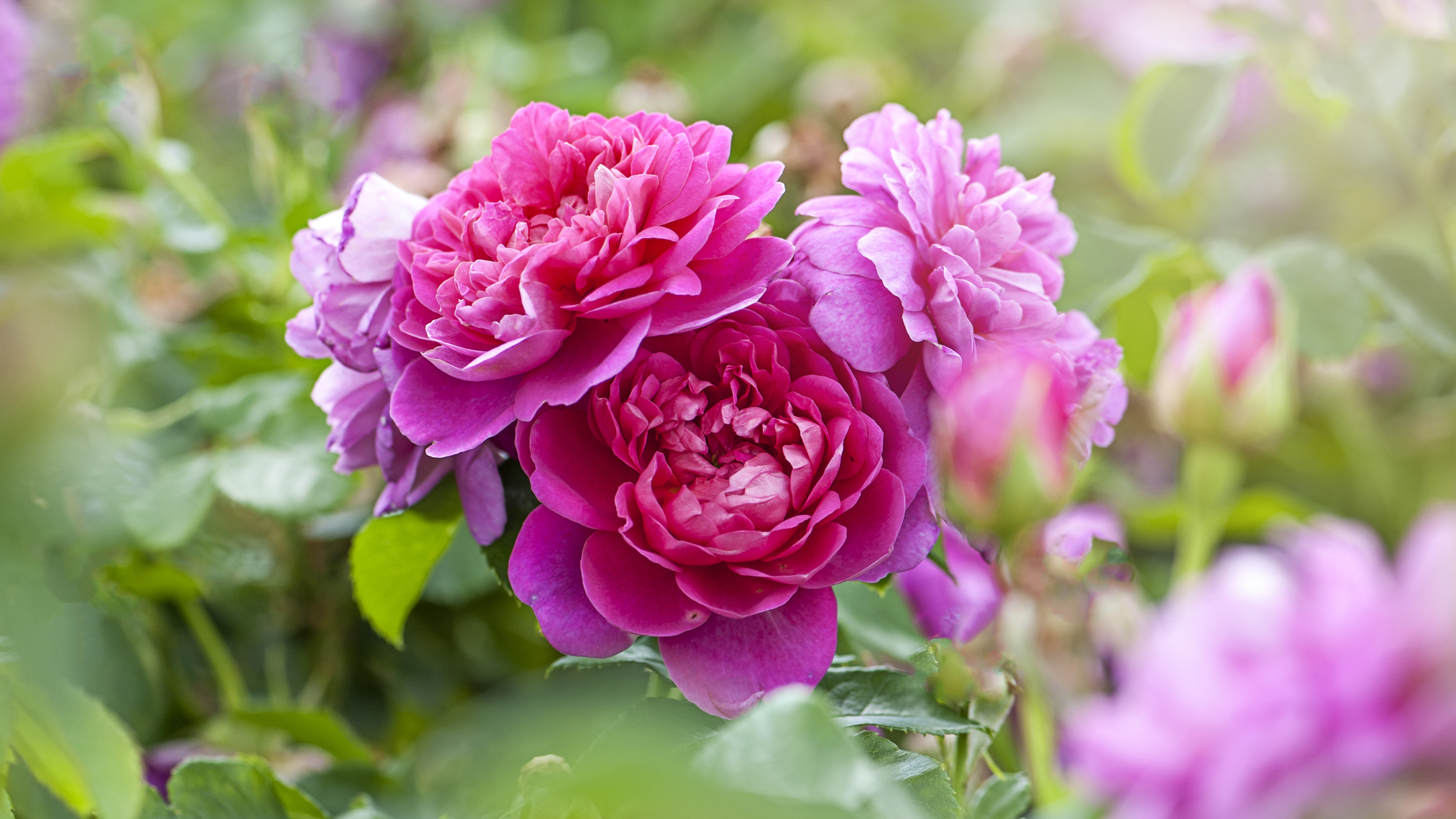

There is no flower as evocative and steeped in symbolism as the rose. These fragrant beauties are on the wish-list of almost every gardener. Yet, all too often beginners are disheartened by under-performing shrubs with a lack of flowers.
However, growing roses is not the complicated art that it seems. With proper planning and care, nearly anyone can successfully cultivate these romantic cottage garden blooms.
Never forget that a garden is an ever-evolving work in progress, and you don’t have to get everything right immediately.
“Do not expect your roses to always be perfect,” says expert rosarian Wes Harvell at Jackson & Perkins
“Understand that all plants have their season to shine and will not perform in certain climatic conditions; roses are no different.”
Follow these expert care tips to get the best out of your roses, and you can delight in them growing more and more beautiful each year.
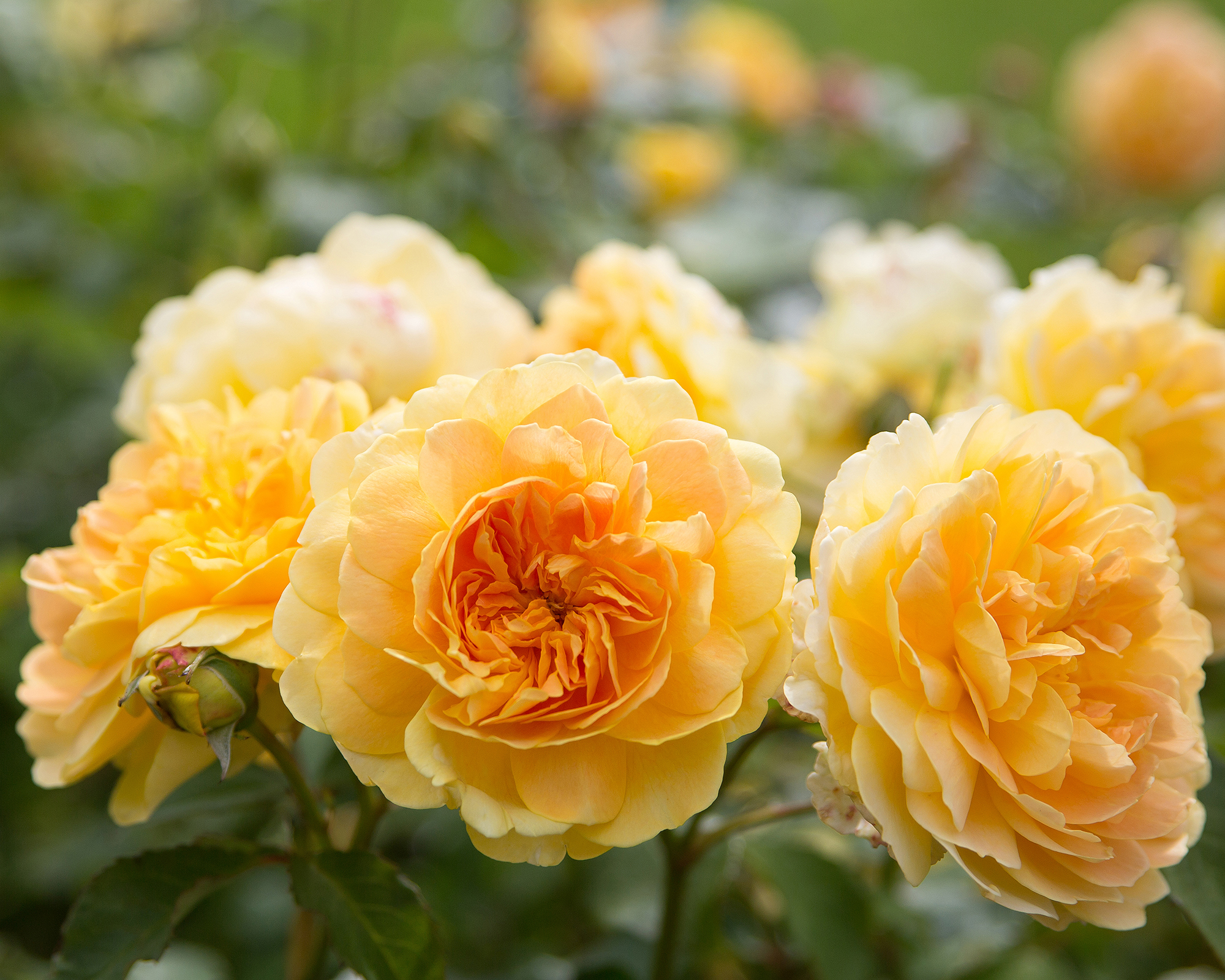
1. Choose compatible roses
Your first step towards growing better roses is to only plant varieties that are compatible with your garden and lifestyle.
Gardening tips, videos, info and more delivered right to your inbox!
Sign up for the Gardening Know How newsletter today and receive a free copy of our e-book "How to Grow Delicious Tomatoes".
“Determine your goals with your rose garden and the amount of effort you want to put into it,” says Wes. “Only select rose varieties that will thrive in your USDA planting zone and meet your maintenance goals.”
If your goal is a low-maintenance garden, then opt for newer rose varieties, which have been bred to require less care with a higher level of disease resistance. Though beautiful, old roses tend to require more maintenance.
“If you find you have selected a rose variety that requires more care than you want to give it to look good, remove it and select a new variety that meets your goals,” adds Wes.
When buying rose plants, many experts recommend choosing bare root roses, which are more cost-effective than buying potted plants. They will take a little longer to establish, but tend to result in a healthier plant in the long term.
Bare root roses should be planted between fall and spring.
2. Improve the soil profile
Roses are hardy shrubs that grow well in different soil types, but prefer it to be moist, well-draining and fertile. In order to get the best performance, good rose soil preparation is key.
“To grow the best roses, you must build a quality soil profile that is high in organic material,” says Wes. “Amend the entire bed, not just the planting hole.”
Wes believes that it’s vital to promote soil micro-organisms and build a living soil profile. There are so many benefits of microbes in soil – they work to deliver the right nutrients to plants’ roots, help fight disease, and break down matter from dead plants and animals and incorporate it into the soil.
Making your own organic compost will contribute hugely towards your soil profile. You should also examine your soil for the presence of earthworms – if the soil is lacking, then consider adding worm eggs to increase the population.
The soil’s pH level is another factor that impacts on rose health, as the plants do not like it to be either too acidic or alkaline. ‘Maintain a pH of between 6.5 and 7,’ says Wes.
Test your soil and if necessary you can amend the pH level. To raise acid level, you can add sphagnum peat to the soil, and you can also water plants several times with a solution of 2 tablespoons vinegar to a gallon of water.
The most common way to lower acid levels is to add pulverized limestone to the soil.
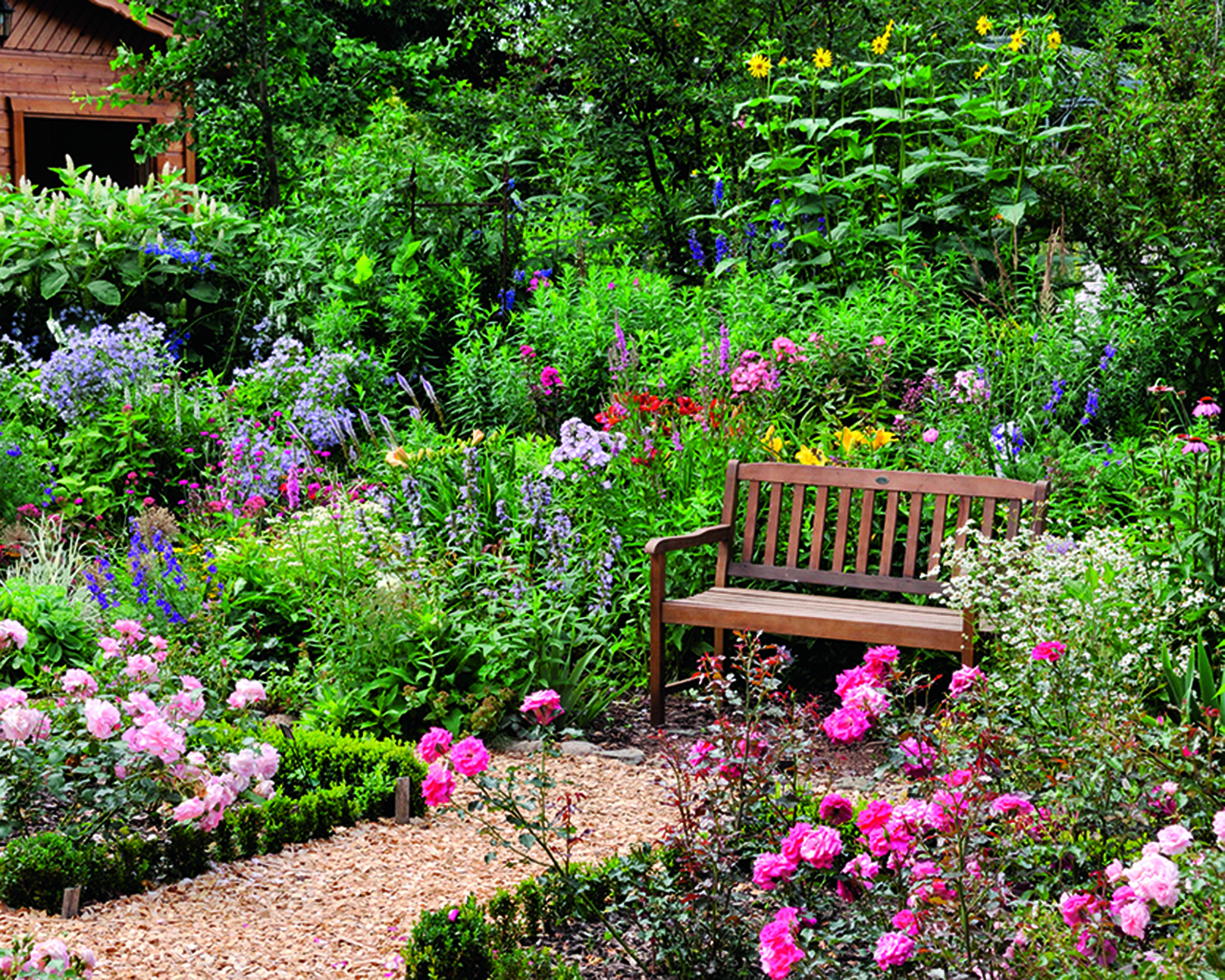
3. Combine roses with a diverse mix of plants
“Plant roses with a mix of perennials and annuals to promote a diverse plant mix and encourage beneficial insects,” says Wes.
This will help to improve the overall biodiversity of your garden, but also allow for a stronger performance from your flower beds overall.
It’s also wise to think about rose companion plants that will help to hide the bare canes of roses as they get taller, and to fill in the gaps at different times of year.
“Combine them with other plants that do well when roses are slowing down,” adds Wes.
4. Prune the right way, at the right time
“Pruning roses in the late winter or early spring – before any new growth develops – will give the best results,” says Wes. This will ensure your roses have the best possible head start on the growing season.
If you have left pruning too late, it’s better late than never, but your roses may not reach their full potential in the current growing year.
How much to prune roses is a common question. “A general rule is to cut the bush rose back by one third,” says Wes. However, if your rose requires renovation, then you will need to cut it back harder.
When pruning rose bushes, many experts advise it’s best to make the cut slightly angled (around 45°) around 1/4 inch (0.5cm) above an outward-facing leaf bud. This is to help moisture run off and to ensure a neater pattern for new growth. However, if you can't manage to be this precise, your roses are unlikely to suffer.
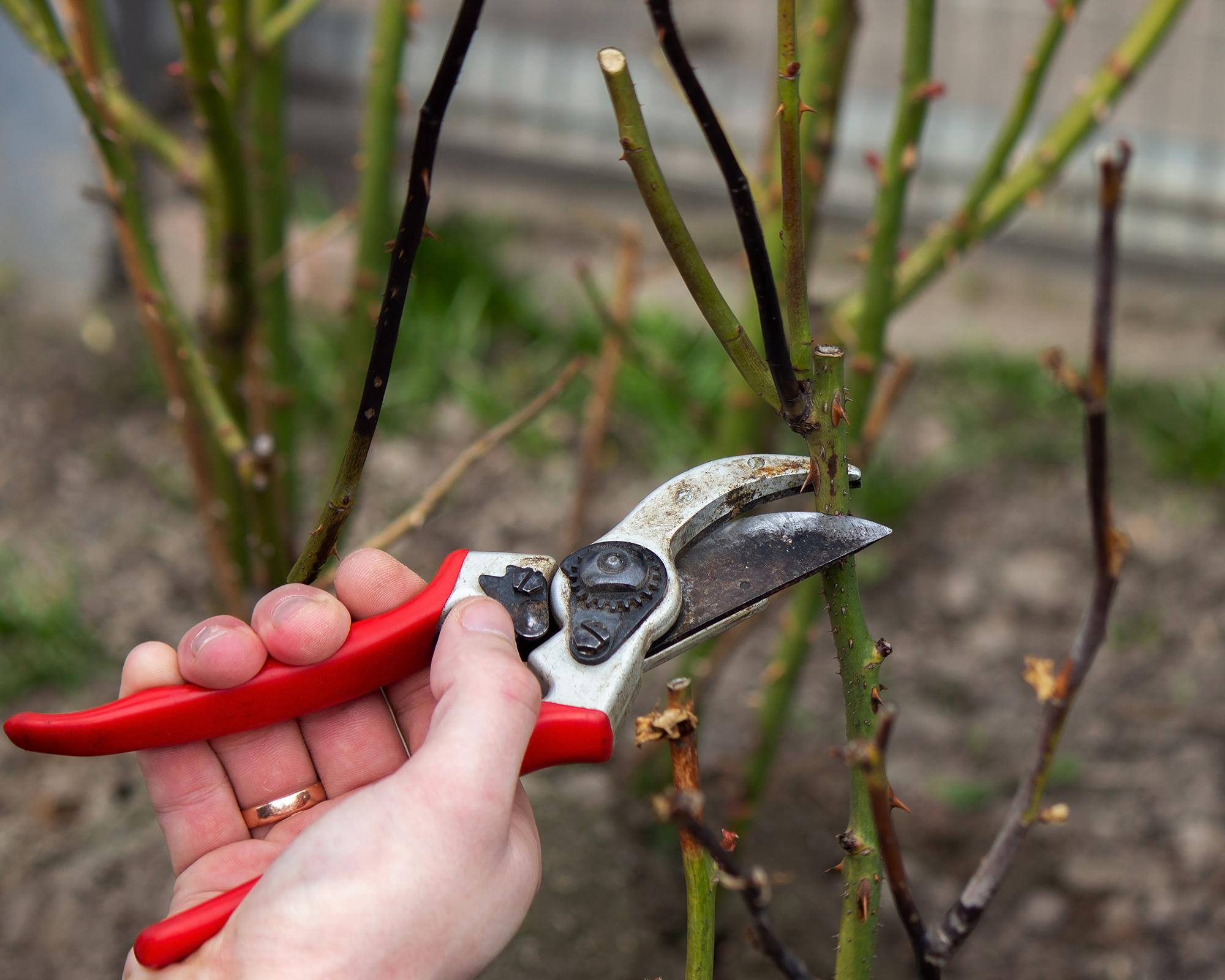
5. Fertilize twice
Fertilizing roses is essential in order to encourage healthy plants and maximum blooms.
“Fertilize in early spring, and again in late summer, with a balanced fertilizer such as 10-10-10 that includes micronutrients,’ says Wes. “Do not fertilize going into summer or winter.”
Most balanced rose fertilizers will give good results. However, rotating the product on different feeds will help to avoid a build-up of salts in the soil.
You should also consider adding some alfalfa meal along with your fertilizer of choice, as it will give both the rose bushes and the soil important nutrients.
6. Water deeply
Watering roses properly will help the plants to grow well and be less susceptible to diseases.
“Roses need 1” (2.5cm) of water per week – they like to be watered less frequently but deeply,” explains Wes.
This can be done using a deep watering device, watering wand, or good old-fashioned watering can. It’s a good idea to water roses twice – allowing the first drench of water to soak into the soil, then going over again.
Rather than watering roses on a schedule, it’s best to water them when they need it. “Scratch the soil to a depth of 3 inches (8cm), and if it feels dry, water the plant,” says Wes.
Adding a thick layer of mulch around your roses will help to retain water in the soil, as well as adding further nutrients.
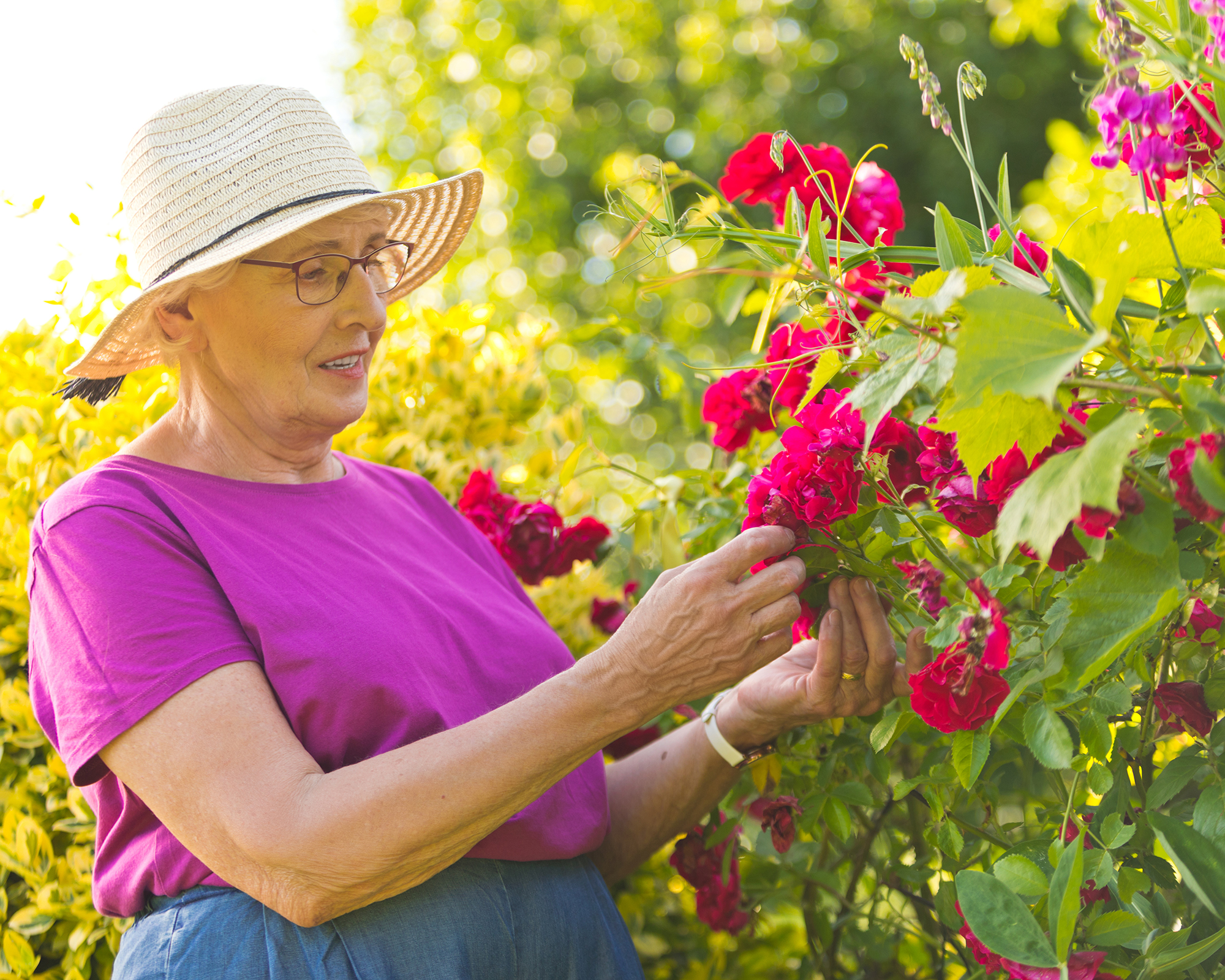
7. Avoid chemicals
If your rose is affected by pests or disease, it’s tempting to reach for a chemical spray. However, rose experts tend to favor organic methods of control.
“Any pesticides you use will damage the pests or diseases you are trying to control – but can kill beneficial insects and soil micro-organisms,” explains Wes.
“Hand remove, or use organic pesticides whenever possible to control pest and disease outbreaks.”
Check plants regularly for signs of disease such as black spot, or pests such as rose weevils. It is easier to control these problems organically before they get out of hand.
8. Deadhead spent blooms
Deadheading old blooms will not just keep the plants looking tidy – it will encourage the growth of new flowers.
There are two rose deadheading methods that experts use. The first is to simply twist and snap off the flowerhead. It's effective and easy, but does leave a long stem at the top.
The second option is the 5-leaf junction method, which allows more control. Simply use hand pruners to cut the old flowers off down to the first 5-leaf junction, with the cane at a slight angle. As when pruning, leave around 1/4 of an inch (0.5cm) above the junction.
It won't be long before you will have a second flush of beautiful roses to enjoy.

Melanie is an experienced gardener and has worked in homes and gardens media for over 20 years. She previously served as Editor on Period Living magazine, and worked for Homes & Gardens, Gardening Etc, Real Homes, and Homebuilding & Renovating. Melanie has spent the last few years transforming her own garden, which is constantly evolving as a work in progress. She is also a passionate organic home grower, having experimented with almost every type of vegetable at some point. In her home, Melanie tends to an extensive houseplant collection and is particularly fond of orchids.
-
 Looking For Plants To Give You The Soft And Fuzzies? Try These 5 Fuzzy Leaf Plant Options
Looking For Plants To Give You The Soft And Fuzzies? Try These 5 Fuzzy Leaf Plant OptionsLovers of texture, drama, silver foliage and tactile plants will adore these special sensory garden additions. These fuzzy leaf plant options will leave you all aglow
By Susan Albert
-
 Get Ready For A Summer Of Hummers! Grow These Full Sun Hummingbird Plants and Flowers
Get Ready For A Summer Of Hummers! Grow These Full Sun Hummingbird Plants and FlowersIf you’re lucky enough to enjoy a sunny backyard, make sure you are maxing out on your pollinator opportunities and grow these full sun hummingbird plants and flowers
By Tonya Barnett